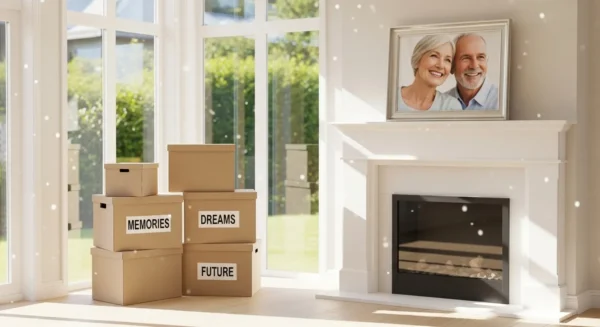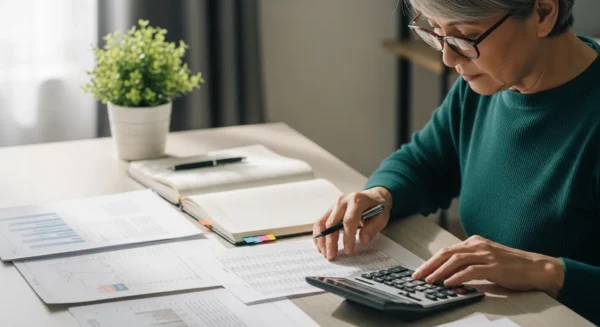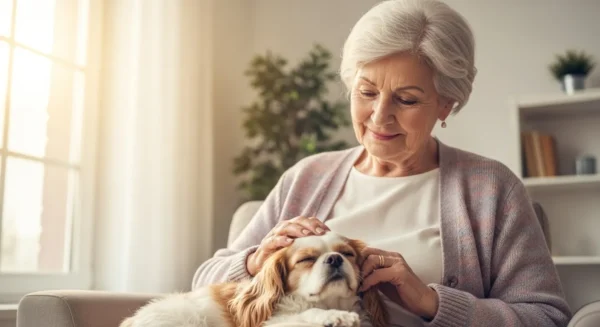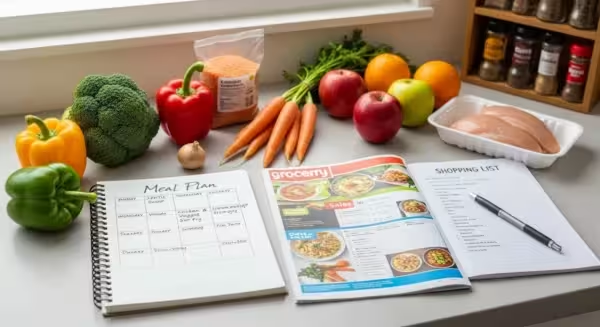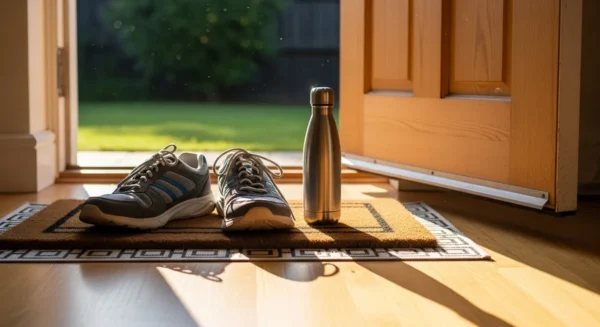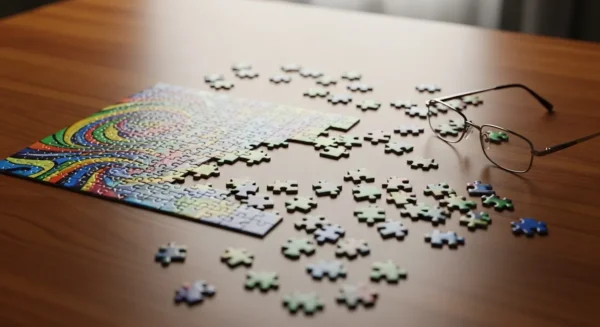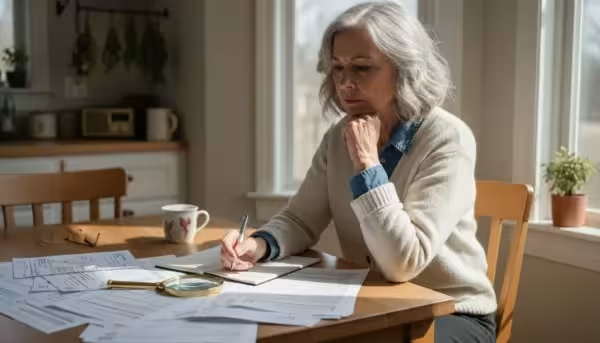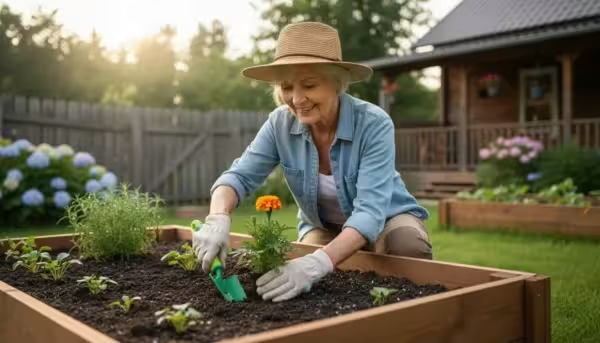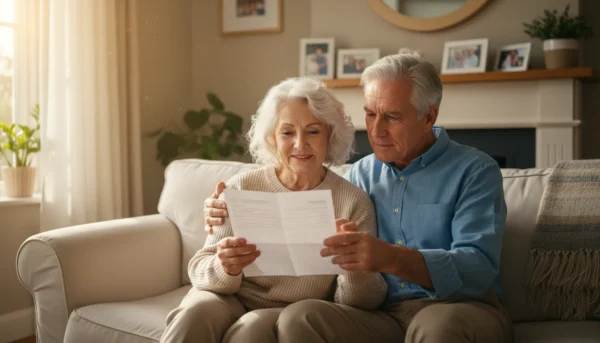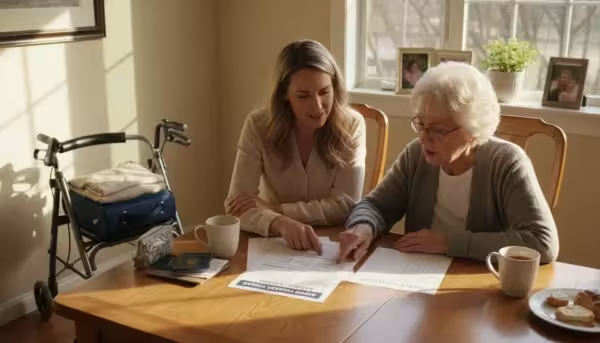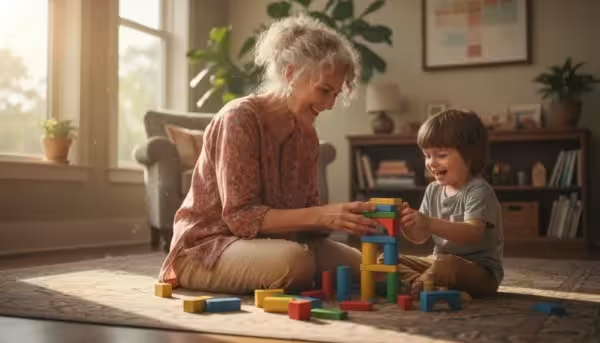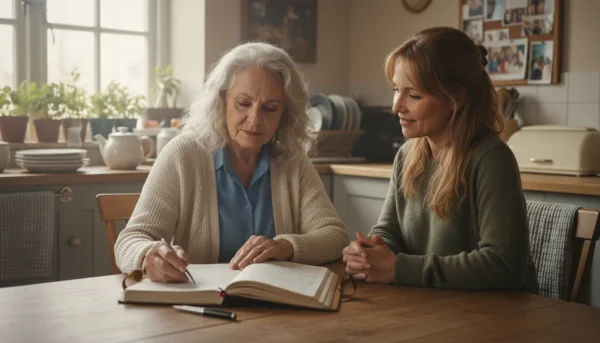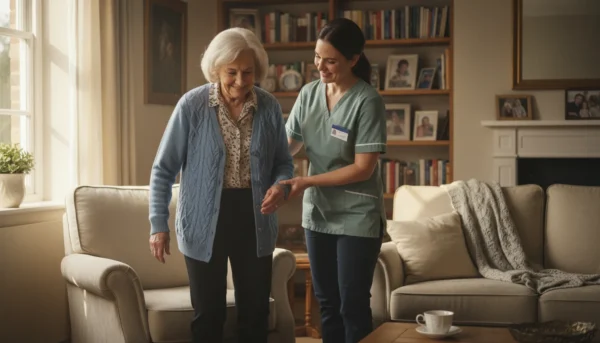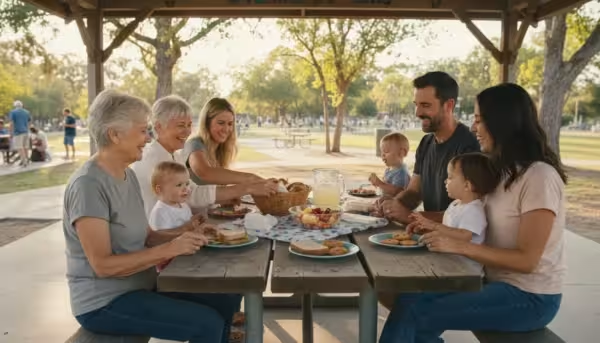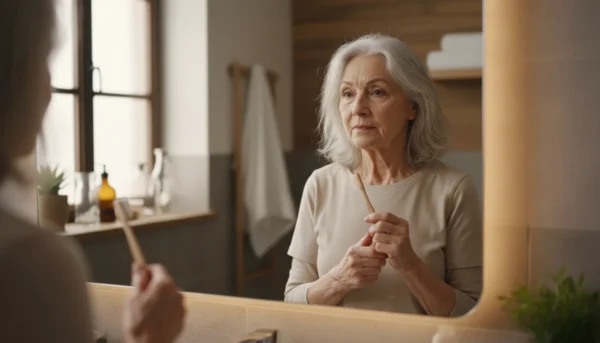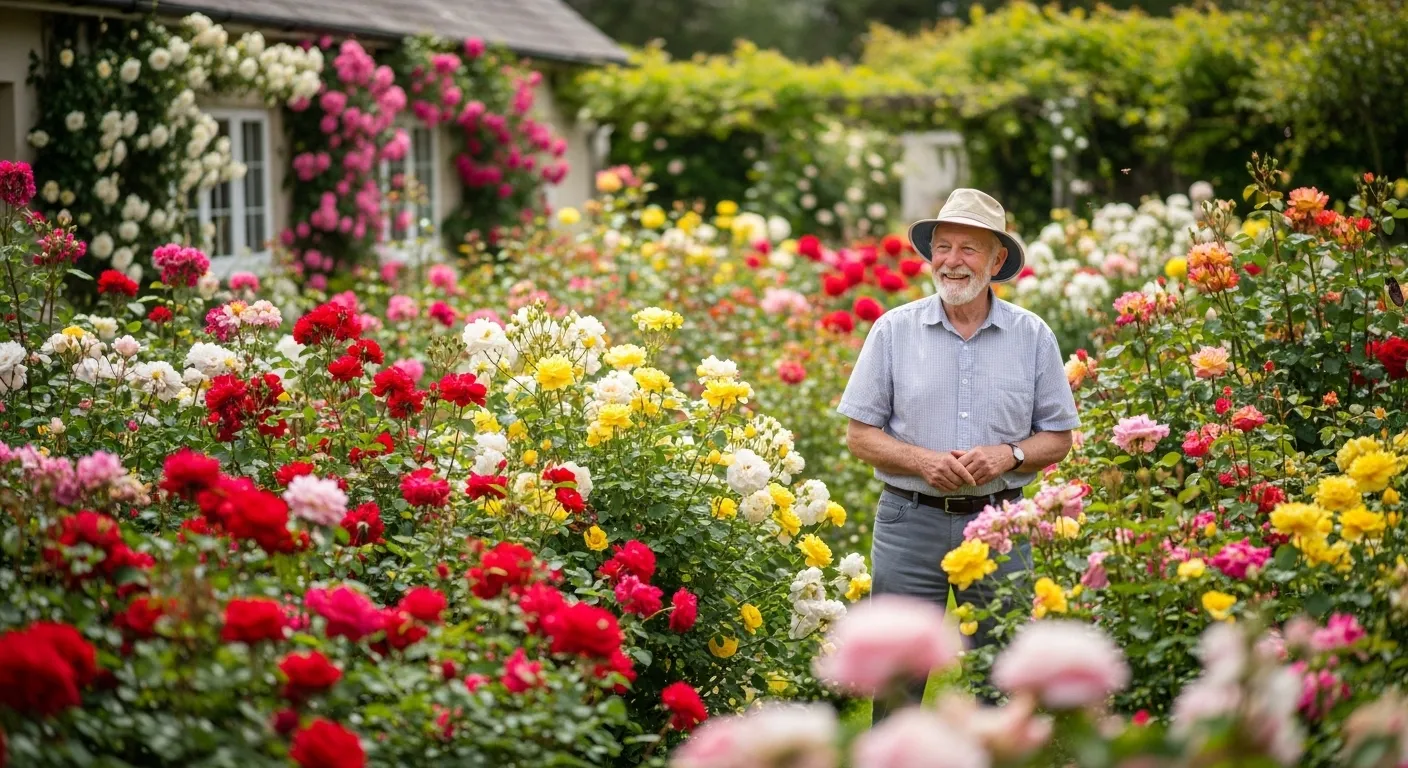
My name is Arthur, and for the better part of a decade, my world had shrunk to the size of my favorite armchair. The culprit wasn’t age itself, though at 76, I’ve certainly earned my share of creaks and groans. No, the real thief was a deep, persistent ache in my lower back and hips—a constant, unwelcome companion that dictated every move I made, and every move I couldn’t. My days were governed by the clock, not for meals or appointments, but for the next dose from the little orange bottle on my nightstand.
That bottle was both my savior and my jailer. It would dull the sharp edges of the pain enough for me to shuffle to the kitchen or sit through a television program, but it never gave me my life back. Instead, it wrapped my mind in a thick, gray fog. My thoughts were sluggish, my memories felt distant, and the joy I once found in simple things—like tending to my rose bushes or building model ships—had evaporated. I wasn’t living; I was simply… enduring. The pain had a personality, a cruel one. I called it “The Vise,” because that’s what it felt like: a cold, metal grip that tightened with every step, every bend, every attempt to reclaim a piece of my old self.
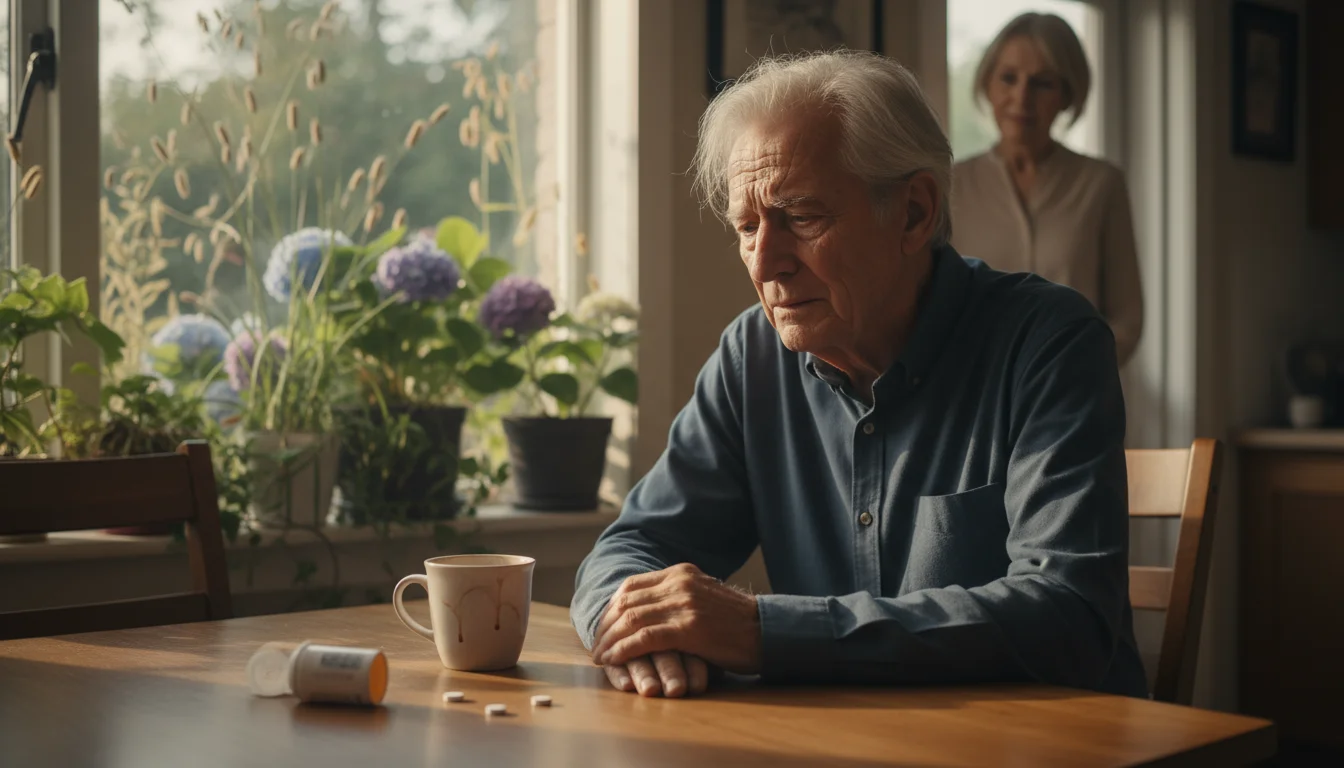
The Tyranny of the Pill Bottle
My routine was depressingly simple. I’d wake up, and before my feet even hit the floor, my first thought would be about the pain. How bad was it today? Could I make it to the bathroom without holding my breath? I’d swallow a pill with my morning coffee and wait for the fog to roll in, trading clarity for a few hours of manageable discomfort. My wife, Eleanor, would watch me with worried eyes, her silent concern a constant reminder of the man I used to be.
My garden, once my pride and joy, became a painful symbol of my limitations. I’d look out the window and see the weeds choking my prize-winning hydrangeas. I remembered the feeling of the cool earth on my hands, the satisfaction of coaxing a new bloom to life. Now, the thought of kneeling on the ground was pure fantasy. The Vise wouldn’t allow it. Friends would call and invite me out for a walk or a coffee, and I’d make excuses. The truth was too embarrassing: I was afraid. Afraid of a sudden flare-up, afraid of not being able to keep up, afraid of being a burden. So, my world became smaller and smaller, and the armchair became my throne in a kingdom of pain and resignation.
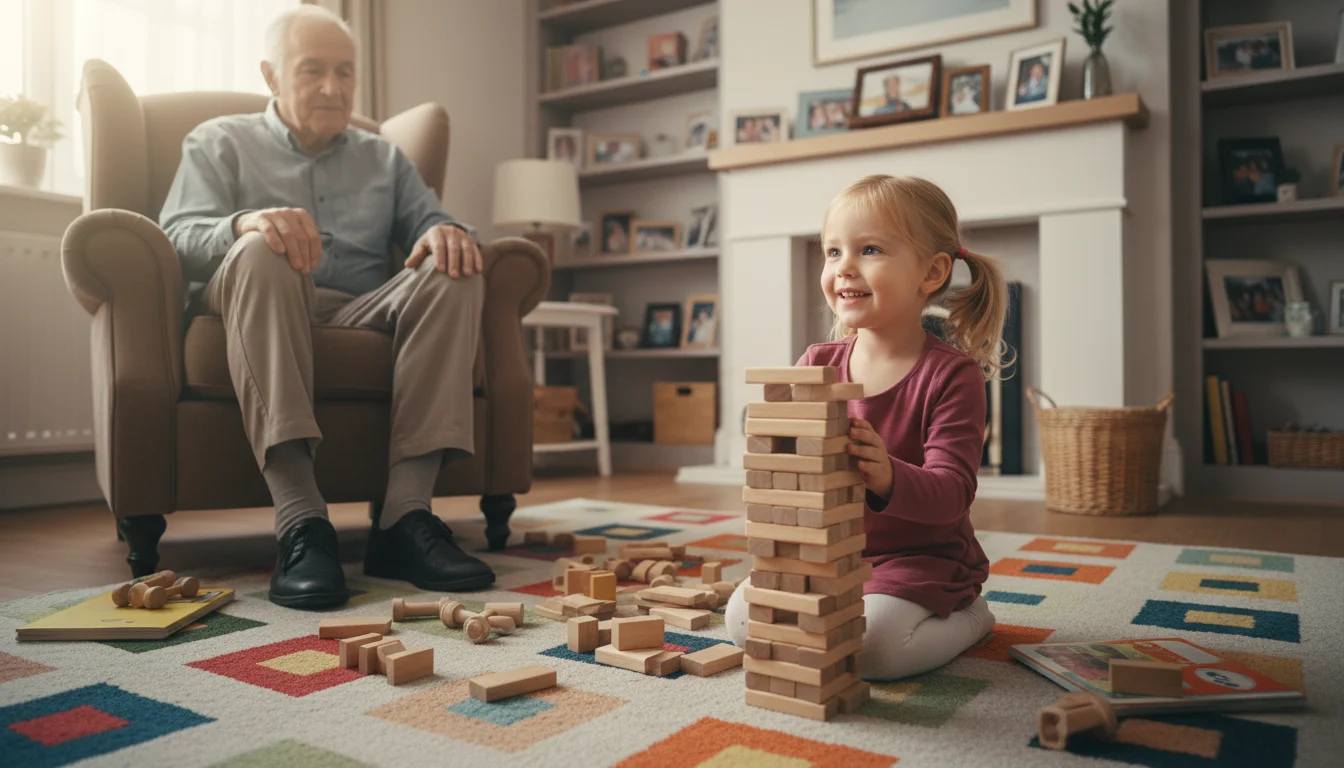
The Day the Floor Seemed a Mile Away
The turning point didn’t come from a doctor’s stern warning or a dramatic health scare. It came on a sunny Tuesday afternoon, in the form of my five-year-old granddaughter, Lily. She was visiting, her pigtails bouncing as she dumped a pile of colorful wooden blocks onto the living room rug. She was building a magnificent, wobbly tower, and her face was a mask of pure concentration.
“Grandpa, come build with me!” she said, patting the space next to her. “We can make it go all the way to the ceiling!”
I looked from her bright, hopeful face down to the floor. It seemed a mile away. The simple act of getting down on my hands and knees felt as impossible as climbing a mountain. I pictured the searing pain that would shoot through my hips, the struggle to get back up, the inevitable surrender. “Grandpa’s back is a little sore today, sweetie,” I mumbled, my voice sounding weak even to my own ears. “You go ahead. I’ll watch from here.”
The flicker of disappointment in her eyes broke something in me. It was more painful than The Vise itself. In that moment, I saw my future with terrifying clarity: a spectator in my own family’s life, trapped in an armchair, watching memories being made from a safe, foggy distance. The pills weren’t helping me live with the pain; they were helping me hide from my life. Right then and there, a quiet but fierce resolve took root. I had to find another way. I didn’t want to just manage the pain; I wanted to challenge it.
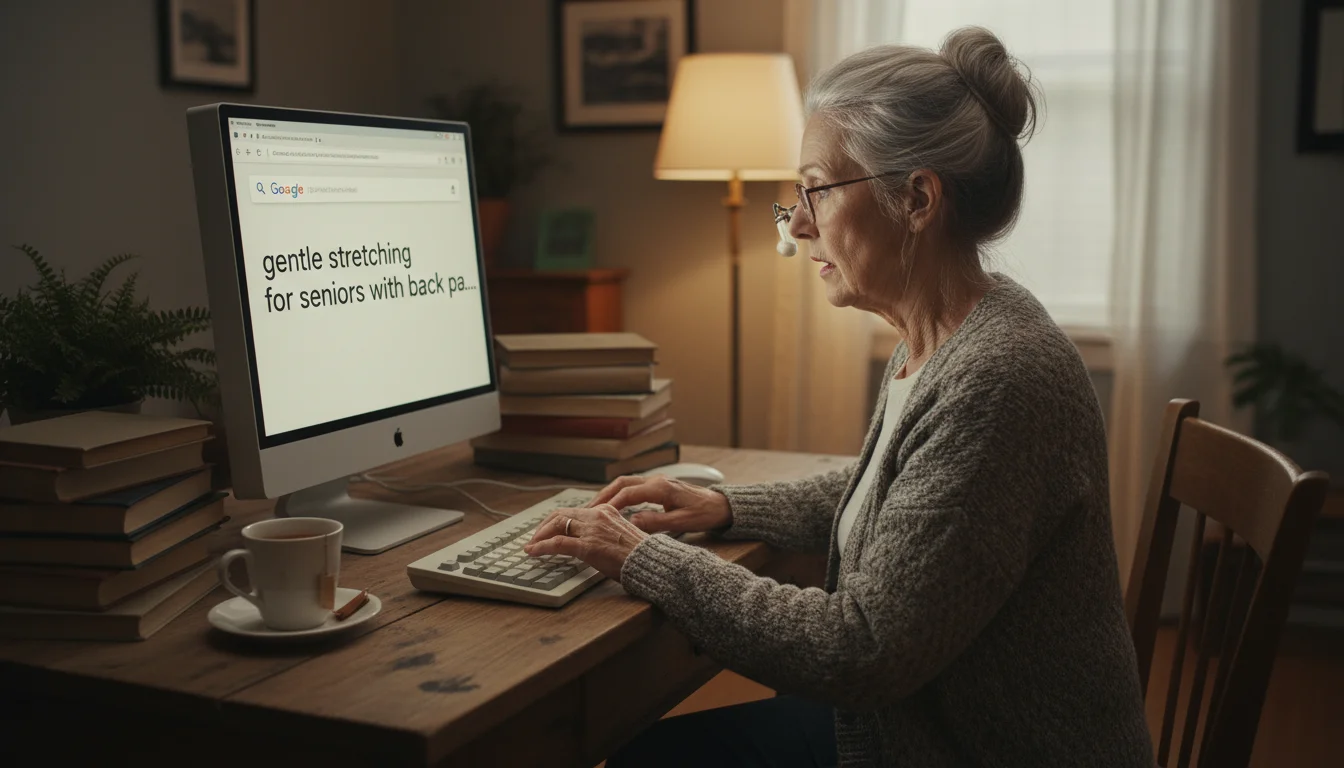
Taking the First, Frightened Steps
My next doctor’s appointment was different. For the first time, I didn’t just ask for a refill. I asked for ideas. “I can’t live like this anymore,” I said, the words feeling heavy and important. “There has to be another approach to chronic pain management besides more medication.” To my relief, he didn’t dismiss me. He listened. He told me about an integrated approach, one that focused on the whole person, not just the symptom. He talked about the power of movement, the mind-body connection, and the possibility of finding effective non-medication pain relief.
I left his office with a pamphlet and a sliver of hope. That evening, I didn’t reach for a new miracle cure. I took the smallest step imaginable. I typed “gentle stretching for seniors with back pain” into the computer. I found a video of a kind-faced woman in her 70s, moving slowly and deliberately. I felt ridiculous at first, standing in my pajamas in the living room, trying to copy her movements. My body protested. Every stretch was a negotiation with The Vise. After just five minutes, I was tired and sore. But I had done it. I had shown up for myself. I promised myself I would try again the next day. And I did.
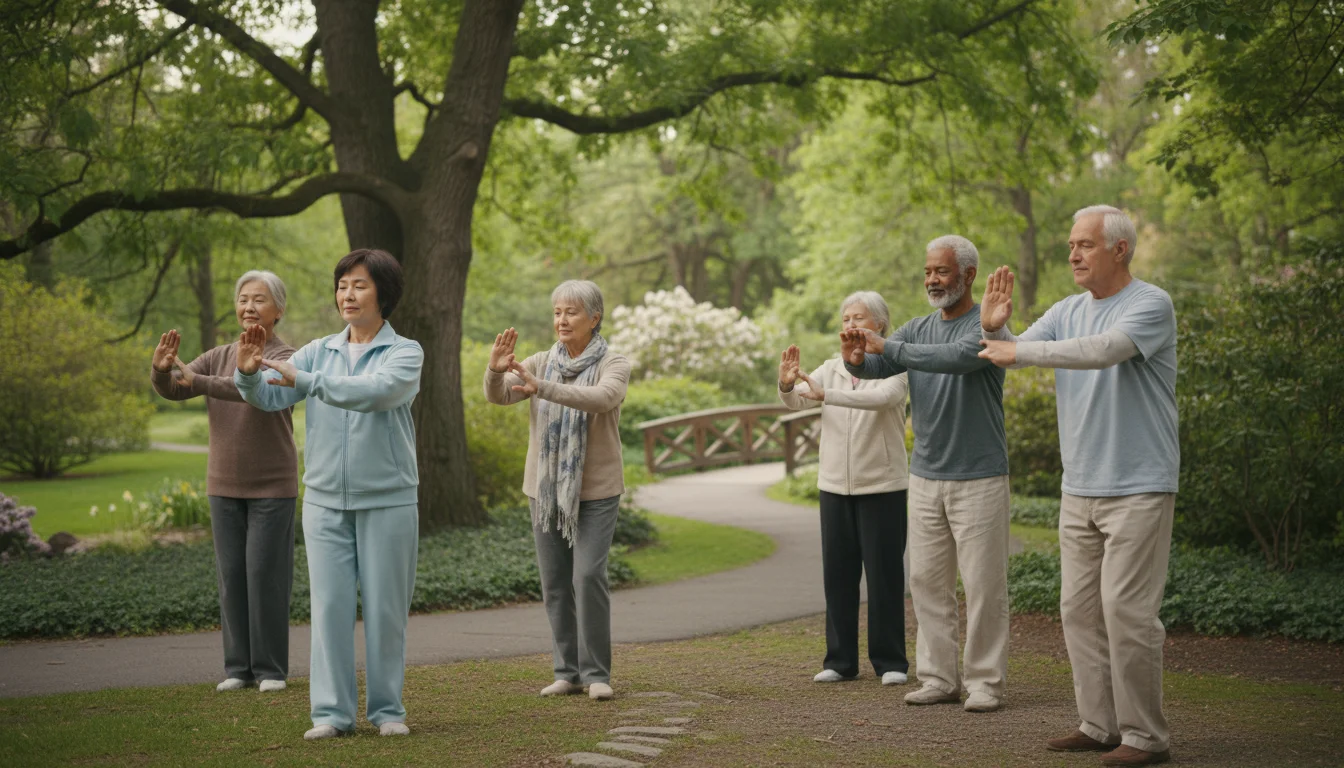
Building My Holistic Toolkit
Those first few weeks were a lesson in patience. Some days were better than others. There were times I felt frustrated, convinced it wasn’t working. But slowly, almost imperceptibly, things began to shift. The five minutes of stretching became ten, then fifteen. I started to look forward to it. It was the beginning of my journey into discovering a whole world of holistic pain strategies that I never knew existed.
I began to think of it as building a toolkit, with each new practice being a gentle weapon against the pain. Movement was my first tool. After a month of stretching, I found a local Tai Chi class for seniors. I was nervous, but I found a welcoming group of people who understood. The slow, flowing movements taught me balance and body awareness. It wasn’t about pushing through pain, but moving with intention and grace. For the first time in years, I was teaching my body that movement could be a source of pleasure, not fear.
My doctor had mentioned mindfulness, and I’ll admit, I was skeptical. How could just thinking help the grinding in my hip? But I was committed to exploring these alternative therapies. I found a free guided meditation app on my phone. I would sit in my armchair—the very same one that had been my prison—close my eyes, and just listen. The goal wasn’t to make the pain disappear, but to change my relationship with it. I learned to observe the sensation without the immediate panic and despair that usually accompanied it. I learned to breathe into the tightness, to create a little bit of space between “me” and “the pain.” It was revolutionary. The Vise was still there, but it no longer had a stranglehold on my entire being.
My toolkit grew. I discovered the simple magic of a good heating pad on a stiff morning and the surprising relief of a cold pack after a walk. Eleanor and I started learning about anti-inflammatory foods, adding more colorful vegetables, turmeric, and ginger to our meals. It wasn’t a strict diet, but another conscious choice to support my body. Each small change was a vote in favor of my own well-being.
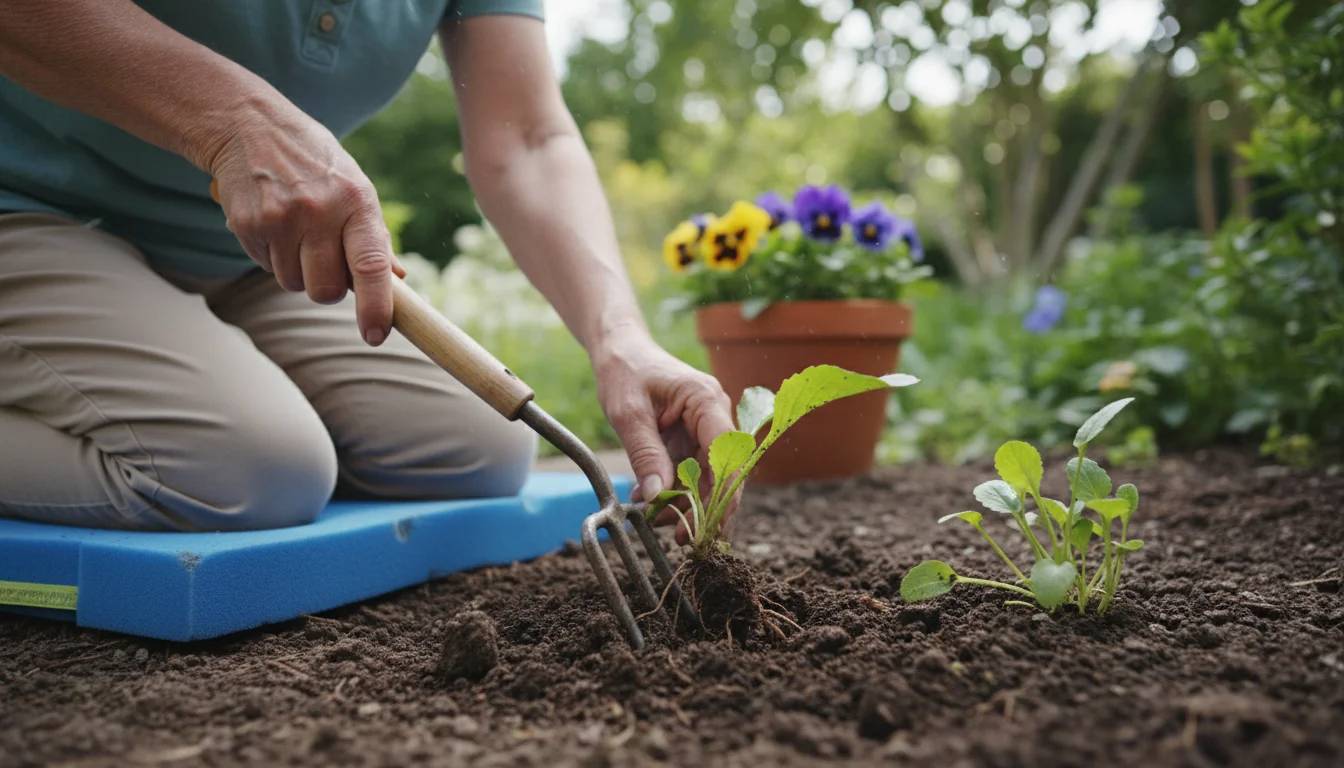
The Garden Was Waiting
About six months into my new journey, I stood at the window, looking at my neglected garden. But this time, I didn’t feel despair. I felt a challenge. I bought a cushioned gardening stool and a set of long-handled tools. I went outside, and for the first time in three years, I knelt—carefully and deliberately—on the stool and pulled a weed.
I only lasted twenty minutes that first day, but it felt like the greatest victory of my life. The feeling of the rich soil, the scent of the damp earth… it was all there, waiting for me. I wasn’t the spry gardener of my youth, but that was okay. I worked for short periods, took breaks, and listened to my body. And slowly, my garden began to come back to life. And so did I.
Today, the orange bottle is gone from my nightstand. Am I completely pain-free? No. The Vise still pays a visit some days, especially when the weather turns damp. But the difference is that it no longer runs my life. I have my toolkit. I have my stretches, my Tai Chi, my breathing, and my heating pad. And most importantly, I have my hope. I can get on the floor and build block towers with Lily now. I use a cushion and it takes me a minute to get back up, but I am there. I am in the memory, not just watching it.
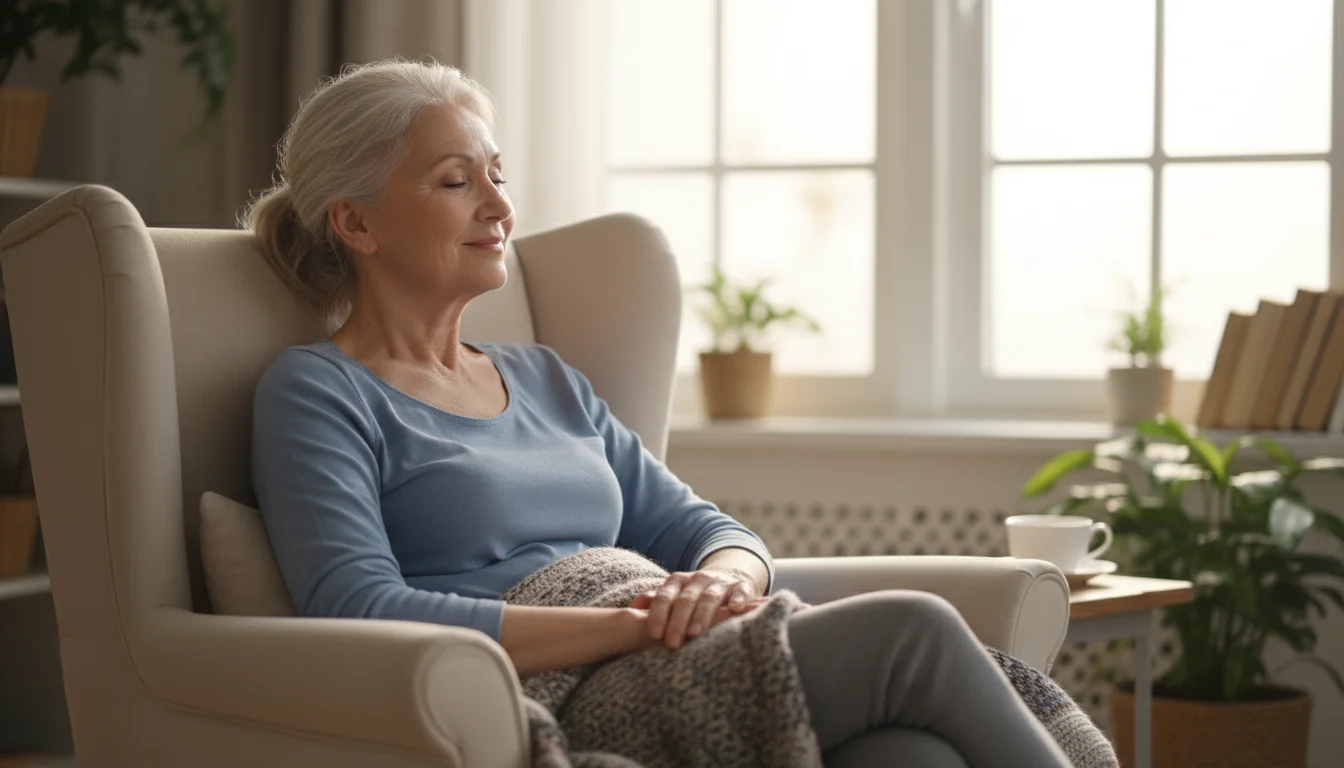
My Parting Words to You
If you are reading this from your own armchair, feeling trapped by a pain that seems insurmountable, please hear me: there is another way. It isn’t a quick fix or a magic cure. It’s a journey, taken one small, gentle step at a time. It requires patience and, most of all, kindness toward yourself.
Start small. So small it almost feels silly. Just decide to show up for yourself for five minutes today. Maybe it’s a gentle stretch, a few deep breaths, or just sitting in the sun. Don’t focus on conquering the pain; focus on reclaiming a tiny piece of your life. Those tiny pieces, added up day after day, will eventually build you a life that is bigger, brighter, and more beautiful than you might believe is possible right now. You have more strength and resilience within you than you know. Your garden is waiting.
For expert guidance on senior health and finance, visit Consumer Financial Protection Bureau (CFPB), Administration for Community Living (ACL) and Eldercare Locator.
|
Fact-Checked Content
Our editorial team reviews all content for accuracy and updates it regularly. Learn about our editorial process →
|

